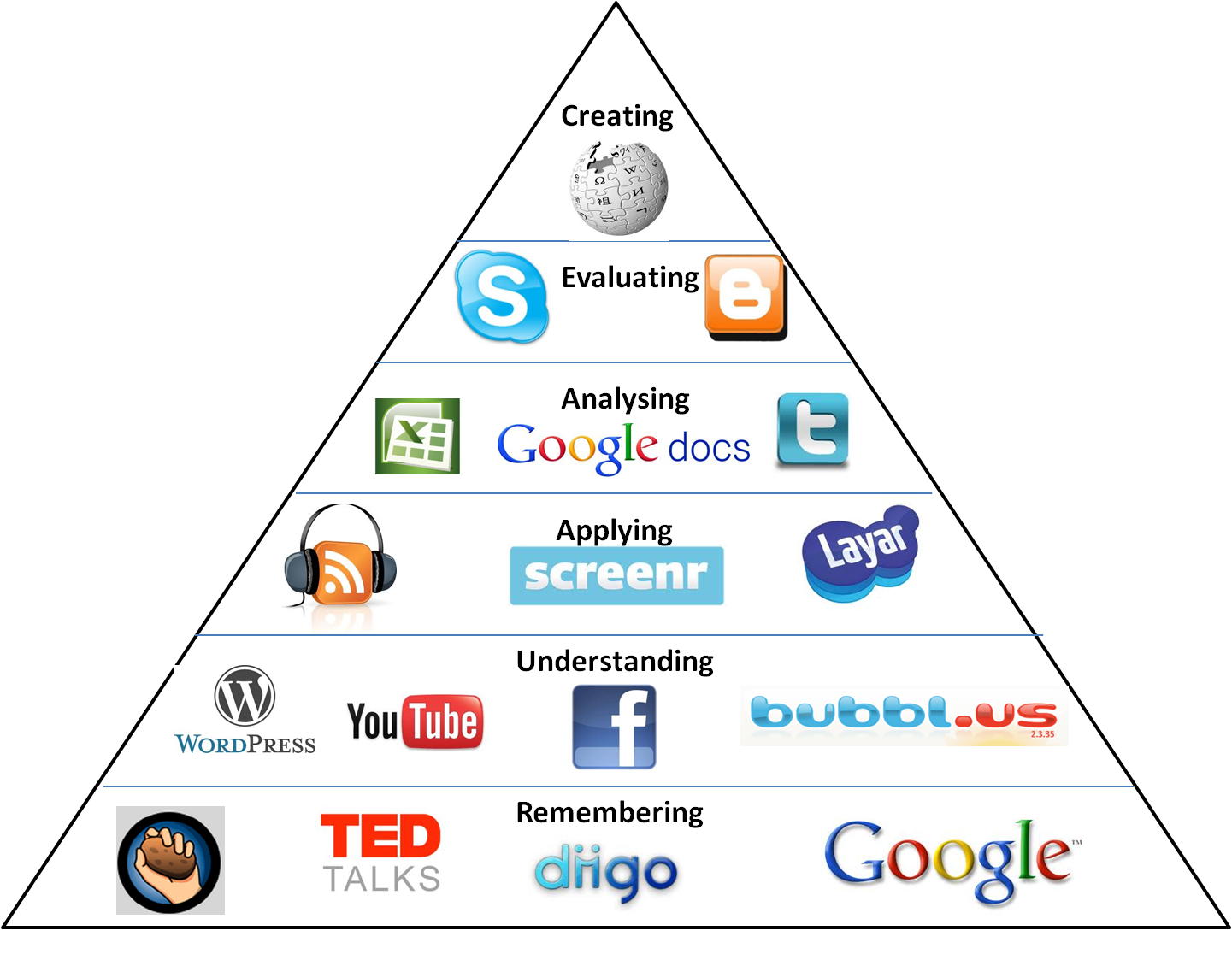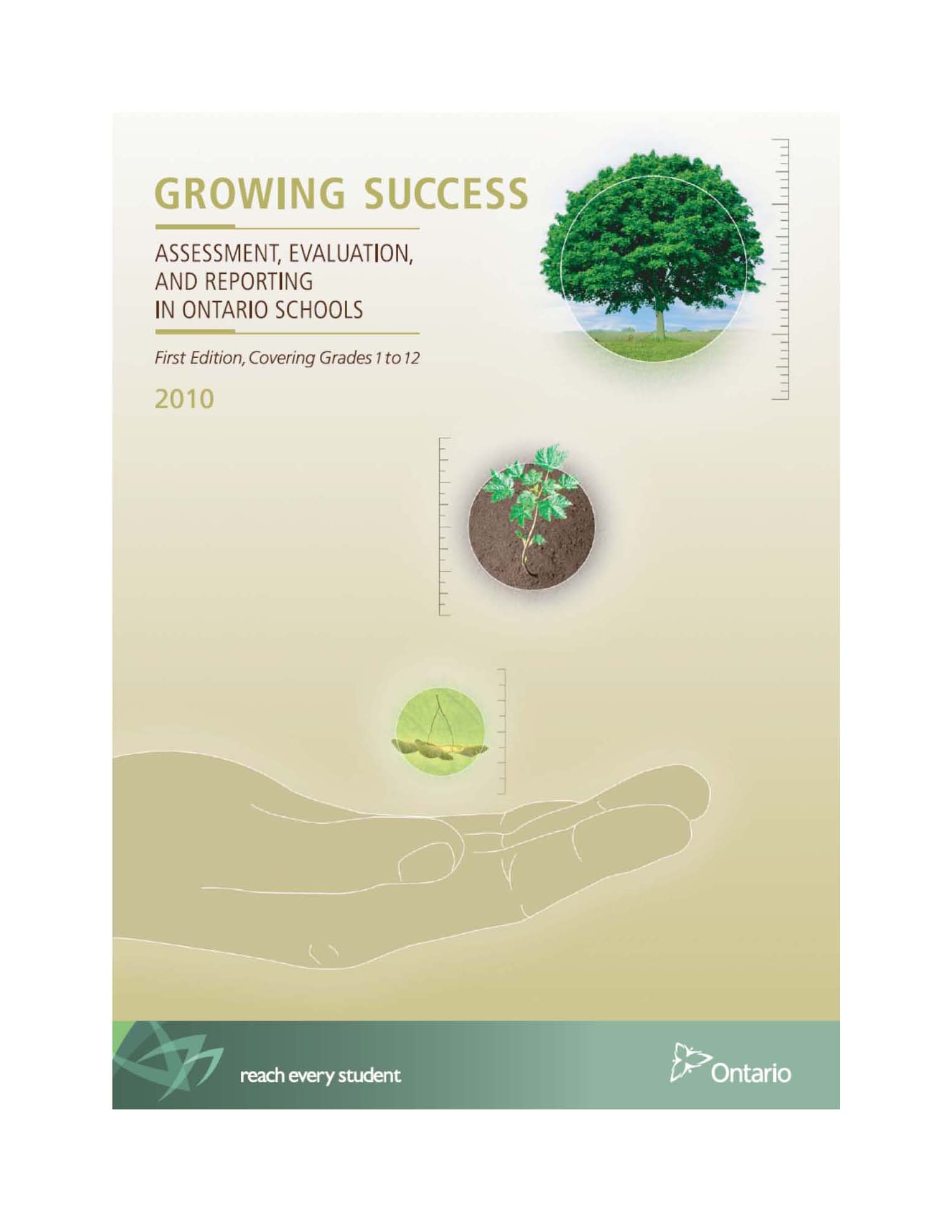- There are already over 20 000 educational apps on the Apple App store
- The Technology and Learning Fund will give Ontario schools 150 million dollars over 3 years
- Educational Apps are available in a variety of languages
- Free apps can be downloaded and used on multiple devices
- Ontario schools are mandated to use technology - it is no longer an option!

So how will technology help? Take a look at my previous post about assessing with technology to learn more about some of the ways technology can be beneficial for teachers and students.
In the following slide presentation, take a look at some commonly used programs and how they can be used for assessment. Keep in mind, there are many other options out there and it is important to choose a tool that fulfills your needs and purpose.
Still looking for more ideas? Try these:
- Students use their cell phones to communicate their understanding
- Students can Tweet their learning (requires them to be succinct)
- Use social media to give students a voice and gauge their understanding
- Students can collaboratively create slide presentations
Share your thoughts on other tools and strategies that you have used to assess and drive student learning! I'd love to hear from you :)



